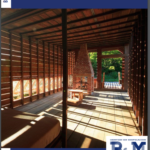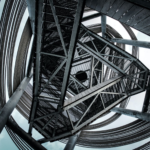Puedes leer el artículo en español: «The Sphere: El matrimonio entre ciencia y arte», publicado en Stakeholders.news
«The Sphere» project in Las Vegas is more than just a building; it’s a revolutionary phenomenon in entertainment and architecture. This modern colossus, with its distinctive spherical shape, embodies a perfect marriage between art and science, synergistically blending architectural aesthetics with cutting-edge technology.
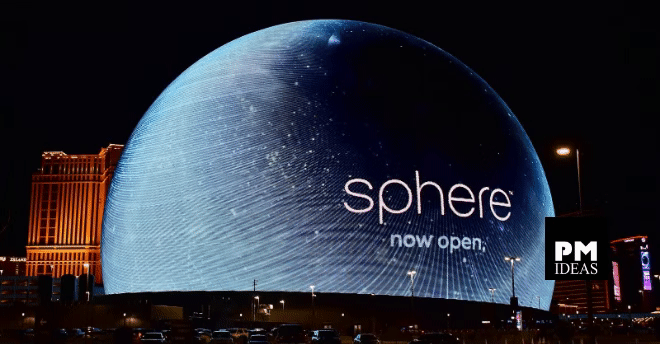
A Magical Space of Innovation
Described by U2‘s lead singer Bono as «a very expensive magic trick,» «The Sphere» represents a magical, almost surreal experience born from tangible and costly innovation. This project transcends architecture, symbolizing the union between the ‘artist’ and the outside world, a creative experiment with our surroundings. U2’s interaction with their audience in «The Sphere» exemplifies this union, transforming the stage into a round table for a unique communion with the audience.
Designed to be the most impactful entertainment venue in the history of Las Vegas, «The Sphere» has faced numerous obstacles that have reshaped the landscape of project management in the construction industry.
Redefining the Scale of Live Events
«The Sphere» stands as the world’s largest spherical building, over 110 meters tall and 160 meters wide, with a capacity for 18,600 people. Each seat, equipped with haptic technology and high-speed internet access, broadens the possibilities for live experiences.
Artists performing in «The Sphere» don’t just present their art; they envelop it in an environment that enhances every note and image with unparalleled intensity. As an audience member, your experience transcends the ordinary. Sitting in a haptic technology-equipped seat, you feel every music vibration enveloping you, creating a physical connection that intensifies each note. The spatial audio system immerses you in a sound world where every note moves around you, capturing the subtlest nuances of the music with astounding clarity.
As your eyes relish the vast 16K LED wraparound screen, the largest and highest resolution in the world, vivid and changing images transform the show into a dynamic work of art, a stunning fusion of art and technology. The 4D multisensory experiences, from gentle breezes to evocative scents, complement the performance, taking you on a unique sensory journey.
U2’s Creative Challenge
U2’s performance in «The Sphere» pushed the boundaries of a conventional concert, offering an unmatched acoustic experience thanks to an advanced spatial sound system. This show, designed by Willie Williams and Es Devlin, faced the challenge of adapting to a venue still under construction.
Choosing «The Sphere» to celebrate the anniversary of their album «Achtung Baby» was initially met with skepticism by Williams. Still, it ultimately became an opportunity to reimagine U2’s show in a contemporary context. Adapting the performance to the technical capabilities of «The Sphere» was a complex process. The revolutionary approach involved tailoring the visual and sound content to the technical characteristics of «The Sphere» rather than the traditional selection of technology based on creative vision. Technical innovations in the show, such as using visual sequences from artists like Marco Brambilla and John Gerrard, specifically reinvented for this ultra-high resolution, leveraged the sphere’s ability to create visual illusions, immersing the audience in a world beyond the conventional.

Construction and Project Management Challenges
However, behind this magic lies a complex and challenging reality. The project has faced numerous challenges, from cost overruns to legal disputes. These issues reflect the inherent difficulties in realizing such an ambitious vision and managing a project of this magnitude.
Initially estimated at $1.2 billion, the cost of «The Sphere» rose to $1.66 billion by February 2020 due to design changes and audience improvements. The global supply chain crisis of 2021–2023 and rising inflation pushed costs beyond $2 billion, reaching an expected final cost of $2.3 billion. This spiral of cost overruns highlights the challenges of foreseeing and controlling expenses in large-scale projects. These challenges underscore the importance of flexible and proactive project management in construction.
AECOM began working on the site in February 2019 and was appointed the general contractor in June of the same year. However, MSG took over as the general contractor in December 2020 to keep the know-how for future project replication in other cities, like London.
The management of «The Sphere» project led to multiple lawsuits stemming from alleged breaches of contract and overcosts. MSG claims that the Project Manager’s work on the project was «deficient in many respects,» including failing to have the necessary licenses. The project and construction cost management consultant states that MSG chose a cost-plus contract against their advice and now seeks to make the firm and the original main contractor scapegoats for the overcosts.
MSG Entertainment contends that better cost estimation and management by the Project Manager and the original main contractor, Hunt Construction Group, a unit of AECOM, could have prevented much of the overcost. AECOM began working on the site in February 2019 and was appointed the general contractor in June of the same year. However, MSG took over as the general contractor in December 2020 to keep the know-how for future project replication in other cities, like London.
Operating under what appears to have been a hybrid cost-plus contract, Hunt-AECOM held key subcontracts. When MSG terminated the company in December 2020 and assumed the role of construction manager, some employees were retained, with major subcontractors working on a time and material basis.
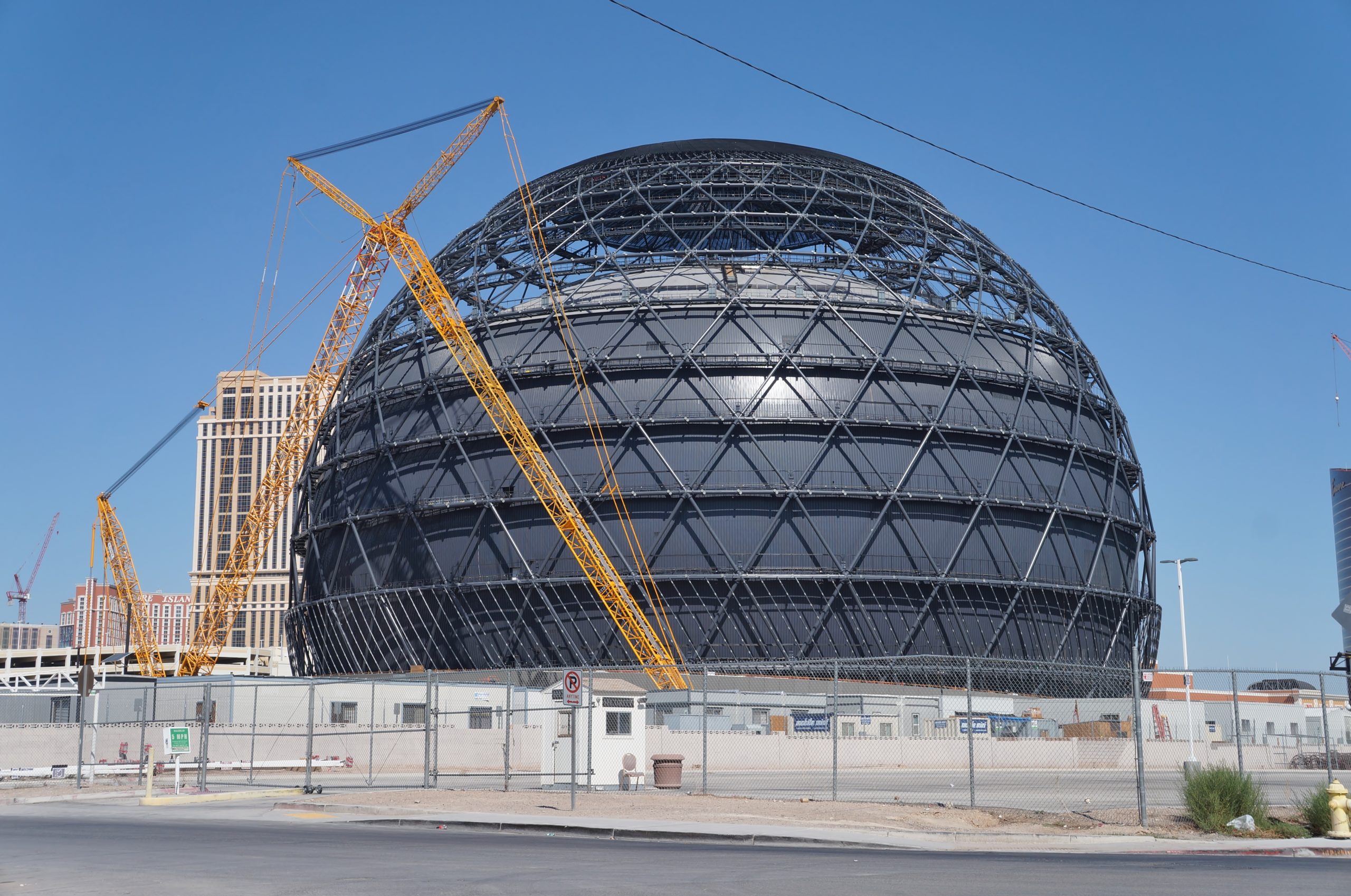
By learning from the challenges encountered in «The Sphere» project, we can extract key project management lessons from this colossal example:
- Detailed and Clear Contractual Agreements: The lawsuit against the lead Project Manager stresses the importance of having detailed and clear contractual agreements. For project managers, it is crucial to define precise terms and conditions in contracts to avoid ambiguity, especially regarding roles, responsibilities, and compensation.
- Proactive Risk Management and Cost Control: The overcosts that plagued «The Sphere» project underscore the need for proactive risk management and cost control strategies. Effective project management should include comprehensive risk assessments and contingency planning to handle unexpected expenses and scope changes.
- Transparent and Collaborative Decision-Making: MSG’s decision to adopt a cost-plus approach against the advice of its consultants points to the necessity of transparent and collaborative decision-making processes. Project managers should foster an environment where critical decisions are discussed openly with all stakeholders, including consultants and contractors.
- Litigation Preparedness and Legal Strategy: Given the legal complexities surrounding «The Sphere,» project managers must be prepared for potential litigation. This includes understanding the legal implications of contractual decisions and having a strategic approach to handling disputes.
- Adaptability in Project Management Approach: MSG’s transition to take over as the general contractor highlights the need for adaptability in project management. Managers should be ready to alter their approach and take on different roles to steer the project towards success.
- Ensuring Compliance and Regulatory Adherence: The claims of the Project Manager’s failure to have the proper state license for the work emphasize the importance of compliance and regulatory adherence in project management. Ensuring all contractors and subcontractors meet legal and regulatory requirements is essential to avoid legal complications.
- Effective Management of Subcontractors: MSG’s shift in subcontractor management from Hunt Construction Group to a time and material basis illustrates the importance of effective management of subcontractors. Project managers must coordinate with various parties and ensure that their contributions align with the project’s goals.
Economic Impact for MSG
In conclusion, U2’s «The Sphere» show in Las Vegas is a model example of how technological innovation and artistic excellence can generate significant economic success. Initially facing challenges of cost overruns and construction issues, this project has proven to be a fruitful investment for Madison Square Garden Entertainment (MSG). The increase in the company’s stock value, which raised the market capitalization by $143.2 million, is a testament to the economic potential of «The Sphere.»
Moreover, U2’s residency set records in terms of revenue. With an average of $6.5 million in gross revenue per show and a total of $159.8 million earned throughout the year, U2: UV Achtung Baby not only captured the public’s imagination but also captured the market’s economic interest, becoming the fastest-grossing residency in history.
«The Sphere» and U2’s residency represent a case study on how the combination of art and technology, effectively managed, can translate into unprecedented economic success.
A Project Management Marriage of Science and Art
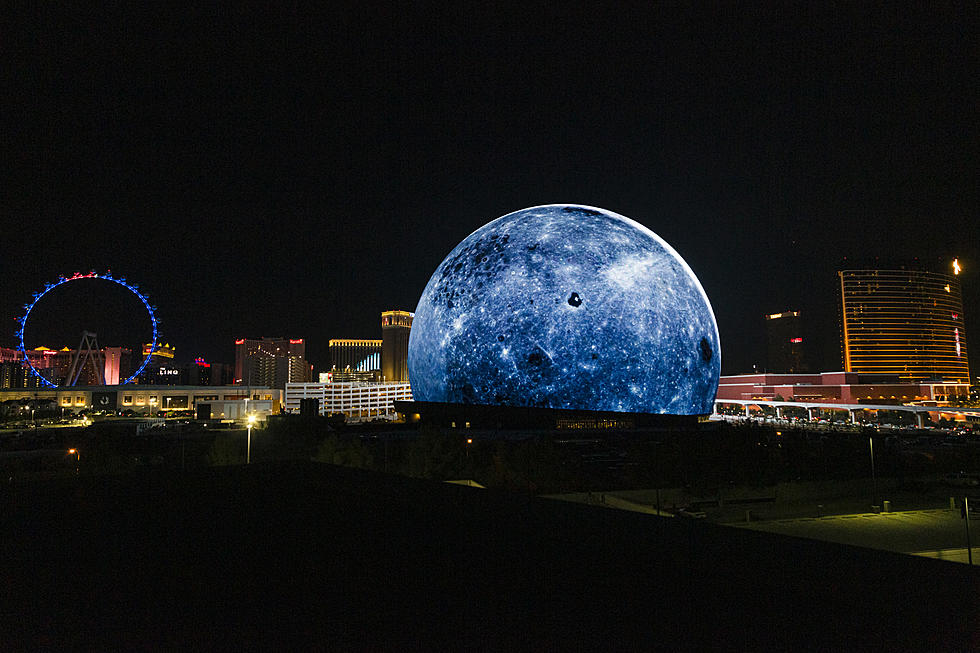
Greg Doherty, Getty Images














